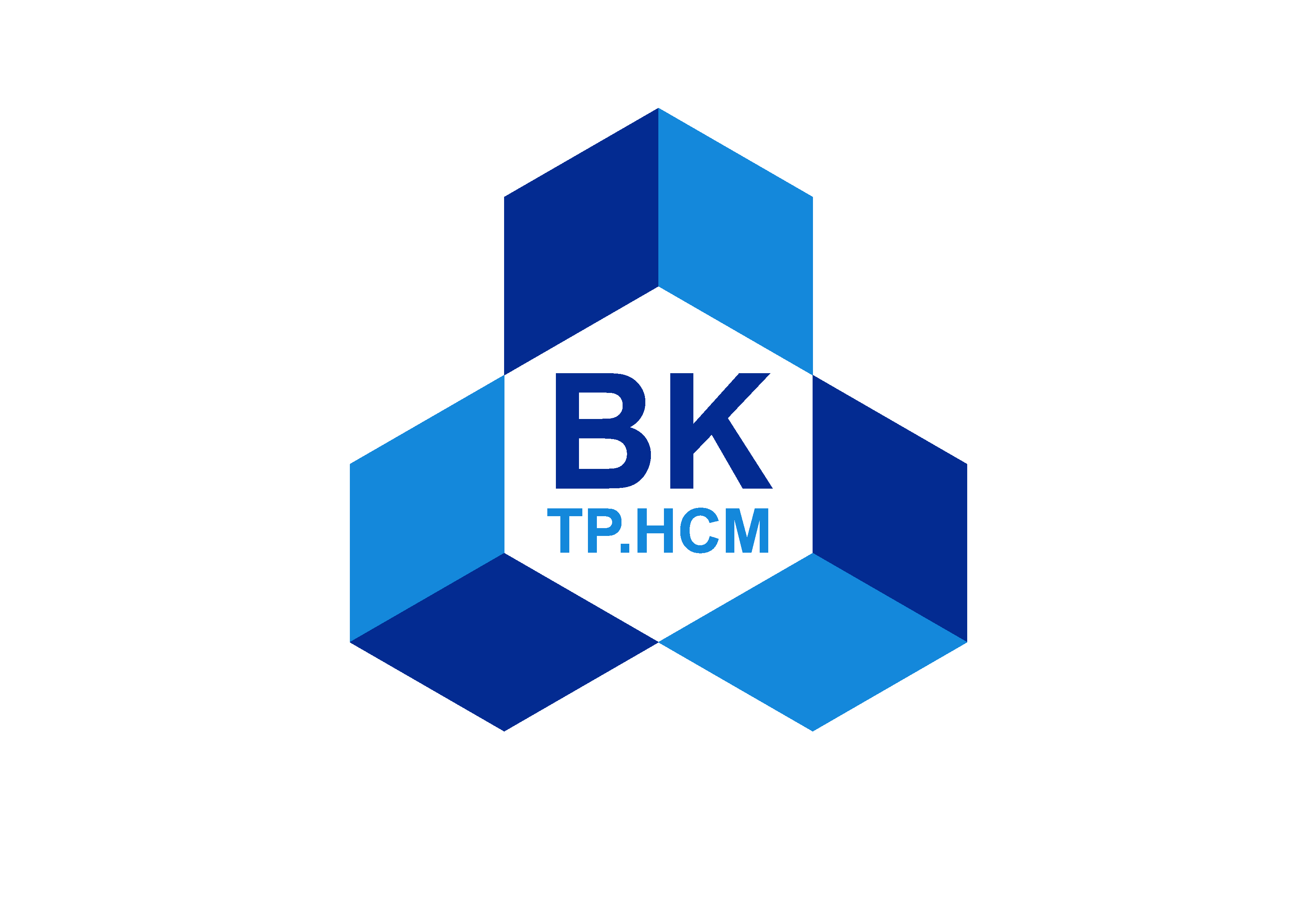Downloads
Abstract
Liquefied wood is one of the phenolic resin. However, unlike commercial phenolic resins that are normally synthesized by the chemical reaction between phenol and formaldehyde, liquefied wood is usually produced by reacting phenol with wood-derived materials, and catalyst at 120-180◦C. Depending on whether the catalyst is a base or a acid, the formed resin is a thermoset or a thermoplastic. In this study, wood liquefaction was prepared from a cashew nut shell waste (CNSW), phenol, and sulfuric acid catalyst. The cashew nut shell waste is taken from Binh Phuoc province - Vietnam and crushed to a size of less than 500 mm. Phenol and sulfuric acid catalyst are chemical experiments. The powder of cashew nut shell waste, phenol, and sulfuric acid were mixed and reacted at 150oC for different soaking times. An optimal soaking temperature time was determined through a cashew nut shell waste residue content in wood liquefaction products. The wood liquefaction products also were determined by a number average molecular weight (Mn) and a weight average molecular weight (Mw) by Gel permeation chromatography method (GPC); the function groups by Fourier Transform Infrared method (FT-IR). The results showed that the formed resin is thermoplastic and the optimal soaking time to prepared liquefied wood is 180 minutes. This sample has a residual cashew nut shell waste ratio of 9.44%, a number average molecular weight of 7552, and a weight average molecular weight of 10640. The liquefied wood from cashew nut shell waste can be used as a binder in the manufacture of the medium density fiberboard (MDF) or as a material to promote the sintered process in the production of woodceramic materials. In addition, the liquefied wood can also be pyrolyzed to form carbon fiber. Carbon fiber can be applied as reinforcing materials for ceramic products.
Issue: Vol 4 No 1 (2021)
Page No.: 714-721
Published: Mar 30, 2021
Section: Research article
DOI: https://doi.org/10.32508/stdjet.v4i1.796
Download PDF = 361 times
Total = 361 times

 Open Access
Open Access 










